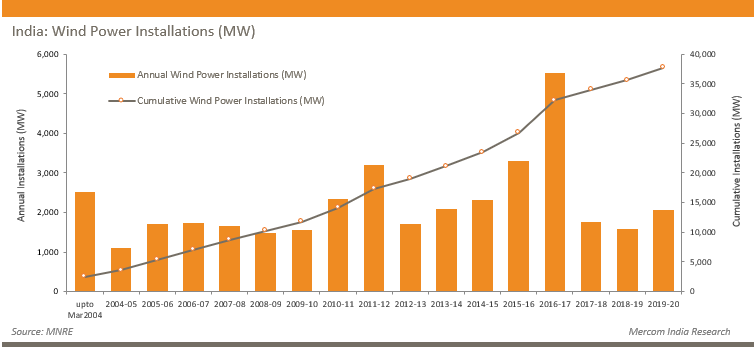
Unlocking the Potential: Efficient Wind Power Installations
Renewable energy, particularly wind power, has gained significant attention as a sustainable alternative to traditional energy sources. Harnessing the power of the wind requires efficient and well-planned installations. Let’s explore the key aspects of successful wind power projects.
Optimal Turbine Placement
The success of a wind power installation begins with strategic turbine placement. Conducting a thorough wind resource assessment helps identify the most favorable locations for turbines. Factors such as wind speed, direction, and obstacles must be considered to ensure optimal energy production.
Choosing the Right Turbines
Selecting the appropriate wind turbines is crucial for the efficiency of the installation. Different turbines have varying capacities, sizes, and cut-in wind speeds. Matching the turbine specifications to the wind conditions of the site enhances overall performance and maximizes energy output.
Wind Turbine Foundation Design
The foundation of a wind turbine plays a pivotal role in stability and longevity. Engineers must consider soil conditions, environmental impact, and the turbine’s weight when designing foundations. A well-constructed foundation ensures the safety and durability of the entire wind power system.
Transmission and Grid Integration
Efficient transmission of generated power and seamless integration with the grid are essential for a successful wind power installation. Proper planning for grid connection minimizes energy losses and allows for the effective distribution of electricity to end-users.
Environmental Impact Assessment
Before embarking on a wind power project, a comprehensive environmental impact assessment is necessary. This evaluation considers potential effects on local wildlife, ecosystems, and visual aesthetics. Sustainable practices and mitigation measures can be implemented to minimize any adverse impact.
Community Engagement and Consultation
Engaging with local communities is a critical step in the planning process. Transparent communication and collaboration help address concerns, garner support, and ensure that the wind power installation aligns with the community’s values and needs.
Maintenance and Monitoring Protocols
Regular maintenance and monitoring are vital for the longevity and efficiency of wind power installations. Implementing proactive maintenance protocols and utilizing advanced monitoring technologies help identify and address issues promptly, minimizing downtime and maximizing energy production.
Safety Measures and Regulations
Ensuring the safety of both workers and the surrounding environment is a top priority in wind power installations. Strict adherence to safety regulations, proper training for personnel, and robust emergency response plans contribute to a secure and sustainable operation.
Technological Innovations in Wind Power
The field of wind power is continuously evolving, with ongoing technological innovations enhancing efficiency and reducing costs. From advanced turbine designs to energy storage solutions, staying abreast of the latest developments is crucial for optimizing wind power installations.
Wind Power Installations: A Sustainable Future
As we navigate the global transition to cleaner energy sources, wind power installations play a pivotal role in shaping a sustainable future. To delve deeper into the world of wind energy and efficient installations, explore Wind Power Installations for additional insights and resources.
In conclusion, the success of wind power installations relies on careful planning, strategic decision-making, and ongoing commitment to sustainability. By embracing the full potential of wind energy, we contribute to a cleaner and greener energy landscape for generations to come.




